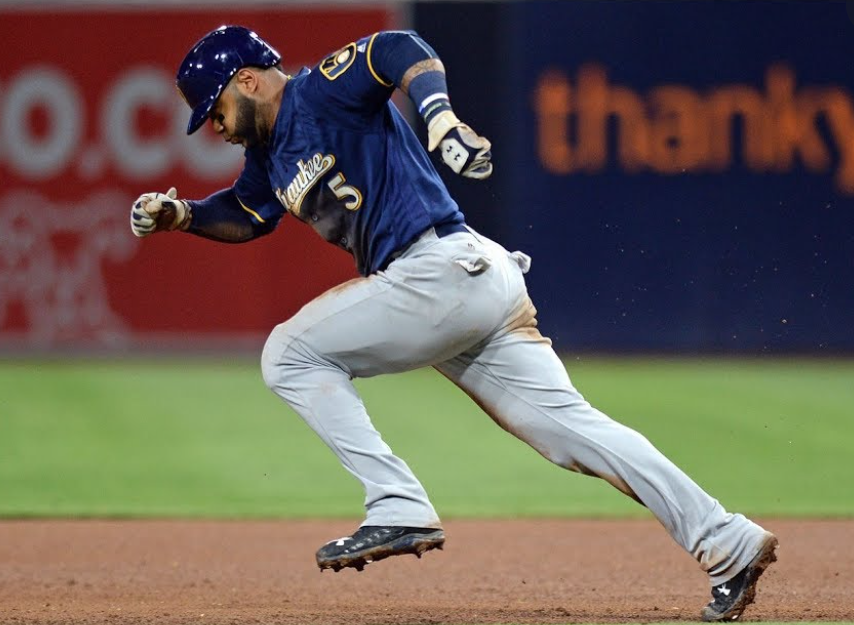
Doesn’t matter the sport, everyone wants to be fast. Unfortunately, not everyone is, but everyone can surely get faster. This comes down to a few key principles, and it’s not just about running a faster baseball 60 yard dash. In this article, we’re going to review speed training for baseball players, position-specific speed and some of the techniques we use here at RPP to get our guys more explosive, so they can run faster on the field. Here’s a brief outline:
-
- Basic Topics on Speed Training
- The Warm-up
- Linear Acceleration
- Lateral Acceleration
- Lateral Change-of-Direction
Let’s get into it….
1. Basic Topics on Speed Training
Getting Fast is First about Getting Strong – The more horsepower a baseball player has, the more force he is able to put into the ground to get his body moving quickly. We can teach running mechanics all we want but if there is limited power being put into the ground on each stride it’s pointless.
On the other side of the coin, it’s not an “all-in or all-out” concept. There can also be a danger in training only max strength without understanding the total picture of the baseball player standing in front of you.
We want to be able to prescribe the “correct type” of strength adaptation for the athlete in order for it to help him during the speed / plyo portion of the program.
There can also be a danger in training only max strength without understanding the total picture of the baseball player standing in front of you.
Ladder and Cone Drills Make You Better at Ladder and Cone Drills – True they can give you quicker feet which is great if you’re auditioning for the River Dance.
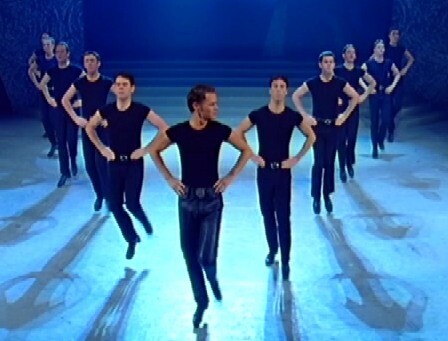
But don’t ask one of these guys to do this.
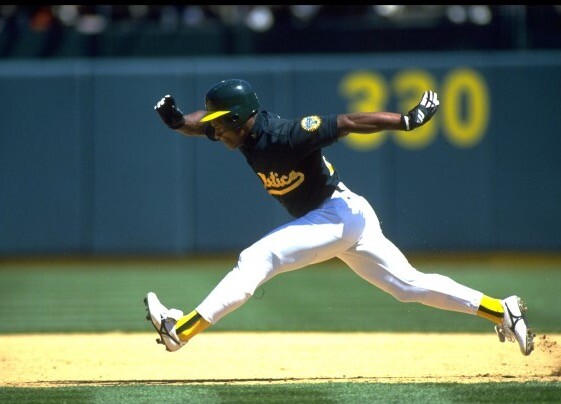
A better alternative may be plyometrics that not only train lateral movement but emphasize quick deceleration as well. I mean, athletes and trainers have been focused on the elastic properties of moving quickly for centuries, so why try and re-invent the wheel? This brings us to the third point.
Spend Time on Training Movements that Pertain to Your Sport – It’s a waste of time training “top-end speed” to athletes who never reach it. And, other than sprinters, no other sport reaches top-end speed. For pitchers, time would be better spent on quickness in the first 10 yards, landing mechanics (deceleration) or change-of-direction speed (putting it all together).
(Lat Low Box Drill)
Genetics is a Starting Point, but Doesn’t Have to be the Endpoint – Many baseball players simply accept their speed and write it off as “genetics”. Although I do believe that much of what makes an athlete fast (Type 2 “fast twitch” fiber) is genetic, there are things that can be done regardless of genetic make-up to make someone faster. Thinking and believing anything less is a cop out.
Unfortunately, Many baseball players simply accept their speed and write it off as “genetics”.
With that being said, let’s get on with it by starting with the “nuts and bolts” of any speed program worth the paper it’s written on.
Sports are about moving linearly (front-to-back) and laterally (side-to-side), but in sports such as baseball, the ability to start and stop quickly is the deal breaker. Ever watch a rabbit run? It’s actually not only how fast they run, but how quickly they start and their ability to stop on a dime and change direction.
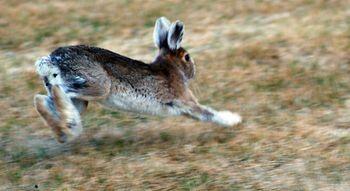
The same goes for athletes. If athlete 1 runs a 4.3 sec 40-yard dash and athlete 2 runs a 4.5 sec dash but has better starting and stopping (acceleration/deceleration) mechanics, athlete 2 will be faster on the field every time. This is particularly important for middle infielders in baseball who don’t really have a lot of time to foot-plant and change direction to make a play.
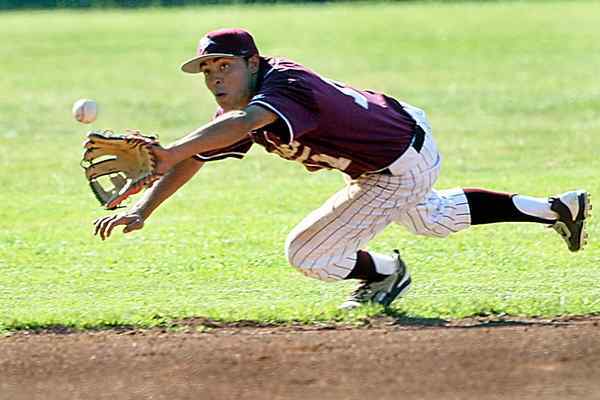
Thus, training first-step quickness and change-of-direction speed as well as improving mobility, strength and deceleration mechanics are the focal points of any great speed development program.
2. The Warm-up
A thorough warm up is what sets the athlete up for a productive training session or game. Today we’ll go over the steps involved in the warm up and movement prep protocol that all of our baseball players at RPP go through at the beginning of every speed sessions.
Being explosive and running (and stopping) quickly can be very taxing on not only the muscles and joints, but the central nervous system as well. It is imperative to perform a proper warm up for speed training:
-
- Soft Tissue Work – Reduce muscle knotting (myofascial) for greater movement, nerve firing, and muscle action
- Activation – Improve neurological firing (proprioception or “awareness”)
- Mobility – Improve movement quality before training by increasing the range of motion of muscle and joints
- Dynamic Movement and Running – Increase blood flow and body temperature and increase muscle and joint function, and prepare the body to move more intensely in the coming exercises
Soft Tissue Work – Fascia is a connective tissue system composed of 90% water and collagen. By wrapping around every element of the body, it holds everything together including muscles, organs and cells to provide most of our elasticity and balance and gives our body it’s structural integrity. At RPP each baseball player is taught a fascial movement circuit as well as how to use a foam roller to hit trigger points and lessen or eliminate knots in the muscles. It also breaks up the soft tissue adhesions and scar tissue in the fascia. You can get many of the benefits of stretching without the lengthening of the muscle which may not always be the best thing for certain athletes. Recommended areas are calves, hamstrings, quads, glutes, Q.L. and lats.
Lunge Matrix Frontal
Activation – Next is activating the neuromuscular system. We do our activation work immediately following the Soft Tissue Work (foam rolling). This helps “turn on” various muscle groups so that they’re ready to produce force when called upon. Some of these muscles include the glutes, traps and serratus. Here are a couple of great ones.
Lat Band Walks
1-arm Wall Slides w/ Rotation
Mobility – to take the muscles through a full range of motion. When dealing with different groups of athletes at a time, we try to hit all the major areas. This means optimizing ankle, hip and t-spine mobility to name a few. All athletes have varying ranges of motion, some better than others so please be aware of that when finding your end range. Here are two examples that work on hip and T-spine mobility:
PNF Starfish
Quadruped T-spine Mobility
Dynamic Movement and Running – Our dynamic movement runs seamlessly from our mobility drills. Baseball players begin to move through theire acquired range of motion getting the body ready to work out. Running, skipping, shuffling, and hopping drills help increase kinesthetic awareness (where the body is in space) and are the final stage of the warm up.
Fwd Lunge ViPR Chop
3. Linear Acceleration
Linear acceleration means getting our center of mass moving as quickly as possible moving forward. I It obviously relates to many sports, but is best put to use on the baseball field in the form of base running, stealing and in the outfield. We’re going to break down linear acceleration into three phases and explain how we train each phase separately and eventually connecting them into one fluid movement.
-
- Phase 1 – Posture
- Phase 2 – Power
- Phase 3 – Drive
Phase 1 – Posture – Correct running mechanics begin with good static posture. We start every session with Glute / Wall Iso Holds to simulate what good posture looks like in mid-run. Some of our cues are:
-
- Feet approximately 3 feet away from wall (distance can vary based upon height of the player)
- Wrists at shoulder height or slightly below – It’s important not to bring the hands and arms up too high due to the fact that we want to make sure the core can handle the body posture and stabilize the pelvis based on where the hands are
- Straight line from ankle to shoulders
Glute / Wall Iso Holds Drill
Phase 2 – Starting Phase (Power) – The initial push-off all the way to the first 2 or 3 steps is where 75% of the battle is won (or lost). This is also known as “first-step quickness” or “first 10-yards”. Call it whatever you want, I call it getting a good stable base of strength in the weight room before you try and go out and be powerful. Anything less is merely leaving half of it on the table.
With that being said, one way we can train power in the starting phase, is with a drill such as 5 yd falling starts. This drill helps to “over emphasize” the start or “push” phase as well as let them feel forward motion and getting started with the body low. This in turn carries over to a more explosive start when in a more athletic position. We like to cue “load the front leg” as well as “throw the arms back” to help drive the same side leg up into flexion and get the athlete up quicker.
5 yd Falling Start Drill
Phase 3 – Drive Phase – Once the baseball player is up and moving we need to make sure that he is continuing to accelerate by using an aggressive arm action which in turn creates a longer ground reaction time helping to produce a longer stride as well as a stronger and higher hip and knee drive. We also cue “chase the shoulders” to ensure we are keeping the load on the front leg throughout. Step drills are great to feel what an in-sync pattern feels like.
Drive Phase Quick Step Drill
4. Lateral Acceleration
Lateral acceleration is where a baseball players can separate himself among the pack. The ability to accelerate or change direction quickly while maintaining an athletic posture sets a ball player up, not only from a performance standpoint, but also visually speaks volumes about his athleticism during any recruiting process.
Let’s review a few techniques that make baseball players more efficient when getting into successful positions on the field, whether it be fielding, catching or running bases. We begin by breaking down the lateral shuffle into three phases, why we use it, how to do it and what to look for when moving laterally.
Why We Use It?
We use it to stay in an athletic position while keeping our “eyes on the prize” when moving laterally. This can go a long way when getting a jump on a ground ball or an outside and/or wild pitch for a catcher.
How to Do it?
Performance Technique / Back Leg – The leg opposite to the way we are trying to move becomes our back or “power” leg. We like to cue “down and away” to help the athlete feel the initial push.
Performance Technique / Front Leg – The front leg’s job is to continue creating momentum by “pulling” while digging into the ground with the front heel. Using the heel to pull helps us activate the powerful glutes and the hamstrings, rather than the adductors (groin) which are much smaller and weaker muscles.
Sometimes there can be a “lag” in the initial down and away movement setting the player back from the start.
5-yd Lateral Shuttle Drill
One way to correct this can be to use a band to pull the player away from the direction of force production, forcing them to initiate a more powerful push with the back leg. Once a good understanding a putting force into the ground, we can train the opposite effect by using the band for “over-speed” training and allow the baseball player to “feel” neurologically what fast really is as well…
Band Resisted Shuttle Run Drill
What to Look For?
Staying Low or in the Tunnel – Many young ball players use a vertical “bobbing up and down” while moving which causes the player to create an energy leak in the opposite direction, slowing down any lateral movement.
Knee Over the Toe / Shoulder Over the Knee – This helps create a more stable base of support giving the ball player a better and more powerful starting position as well as during deceleration while changing direction.
5. Lateral Change-of-Direction
This is an area where many baseball players make the most mistakes. It’s also an area where top-end speed is not a factor, making those who are great movers in a short area excel. It can be particularly useful to the infielder who needs to make quick cuts to get to a ball on time, or a base runner in order to beat out a run down. Let’s review how we change direction and go over some corrective cues and strategies you can use to become more proficient at them.
Landing Mechanics “Load the System”– The key to changing direction quickly is to minimize how long we pause (ground reaction time) when landing before we re-accelerate to change direction. Making sure our foot, ankle and knee are “stacked” correctly ensures a powerful and stable landing action. Remember for every action there is a reaction, so the more stable the landing the more powerful the subsequent push will be.
Prevent Energy Leaks “Stay in the Tunnel” – This is a term I heard speed guru Lee Taft use when referring to “staying low”. This prevents energy leaks caused by popping up and down and producing force in a more vertical direction during lateral movement.
Land in a Wide/Athletic Stance – Landing with the feet in a wide, athletic stance sets up a more stable base of support, enabling the baseball player to better decelerate their momentum. This prevents a “lag” prior to re-accelerating in the opposite direction.
We use the low box drill to put all of these techniques together into one explosive movement. Paramus Catholic’s Dave Hidalgo demonstrates.
Lat. Low Box Drill
If there is a lag in the lower half upon re-acceleration, once again over-speed training can be utilized. The band can be used to create extra momentum forcing the ball player to “push away” harder and more explosively when changing direction.
Band Assisted. Low Box Drill
Sometimes the problem may be an upper body issue such as a dip or “sway” in the landing position. Many times this is due to the core not creating adequate “stiffness” in the landing, which helps to create a more stable base of support to re-accelerate. Med ball fake throws are a great drill to create extra momentum in the upper half and get the player to feel his core engage in order to better decelerate.
Side Shuffle-to-Chop Drill
All three of these drills are also great for letting the player “feel” where their foot and body should be to create the most effective landing angle and ultimately a quicker change-of direction movement.
See ya in the gym…
By Nunzio Signore (BA, CPT, CSCS, NASM, PES, FMS)
You live too far to train with us in-house at RPP? You can now train with us on a REMOTE basis.
You can also reach us through our various platforms or simply click below to schedule a phone call.
If you’re interested in receiving our blogs, please enter your email address below!



One Reply to “Speed Training for Baseball Players”
Comments are closed.